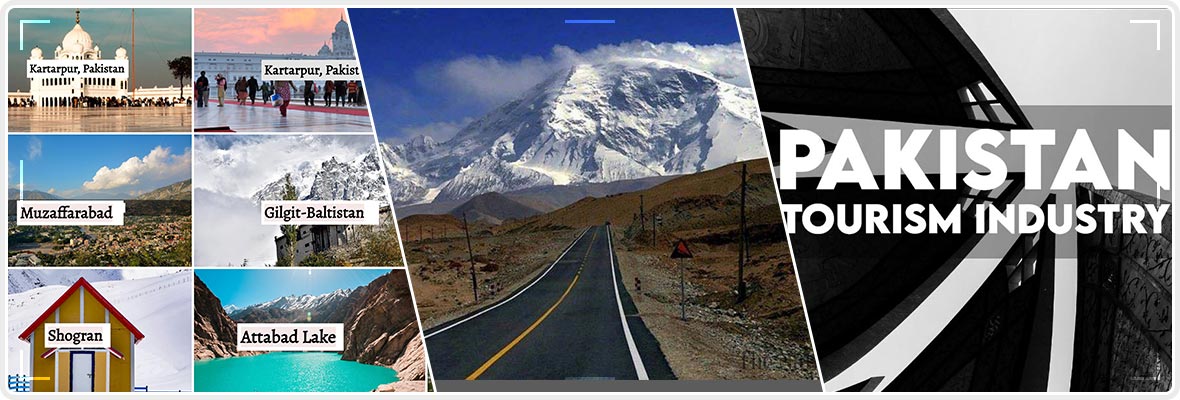
Table of Contents
The Silk Road reminds people of the most valuable ancient commodities in tradition, culture and trade: silk, spices and gems. Today, the area traversed by the ancient route from the People’s Republic of China to Western Europe is once again a vibrant destination, attracting more and more tourists before the COVID-19 pandemic.
If managed strategically, the reopening of tourism in Central Asia may bring huge economic benefits to countries in the region. Central Asia has the opportunity to create a sustainable, safe, accessible and well-known tourist destination, providing tourists with a variety of high-quality experiences throughout the year.
In 2019, Georgia welcomed a record 7.7 million international tourists, many of whom were looking for the country’s stunning valleys and delicious cuisine. Uzbekistan, with its architectural treasures, has received a record 6.7 million international tourists. In October 2019, “Lonely Planet” was crowned as the best place to visit in the Central Asian world.
Pakistan is one of the most important countries in this initiative, and perhaps the most important country. Pakistan is located on the northern border of China’s Xinjiang, despite an altitude of more than 4,500 meters. Therefore, it provides China with a potential route through the Karakoram Highway to the Gwadar Seaport in the Baluchistan branch province of the Indian Ocean. The Pakistan part of the larger project is called the China-Pakistan Economic Corridor, the Pakistan Economic Corridor. China plans to spend at least US$60 billion on Pakistan’s own infrastructure, although some of the funds will be used to provide loans to Pakistan, which must be repaid by Pakistan.
Although the pandemic has dealt a major blow to this momentum, Central Asia is well-positioned to take advantage of long-term tourism trends when global travel resumes. These include increased demand for sustainable tourism and authentic experiential tourism. In order to take advantage of this advantage, countries in the region need to work together to improve their transportation, facilitate cross-border travel, expand and improve their tourism services, and increase their marketing and management skills.
From the stunning wilderness of the Gobi Desert to the mountain passes of the Kyrgyz Republic or the historical monuments of Azerbaijan, the region is expected to become an ideal destination for travel without crowds after the pandemic. The Silk Road itself is one of the most important tourism assets in the world. Nowadays, the roads of goods, ideas and prosperity between the major civilizations of the East and the West are filled with hundreds of cities, historical monuments, multiple cultures, unique cuisines and local traditions.
Poor traffic and communication make travel difficult. The cumbersome border arrangements and visa requirements make the situation worse. At the same time, the quality of tourism services such as accommodation is inconsistent.
It is vital that countries in the region provide affordable frequent flights. They also need to upgrade roads and railways, make visa requirements more standardized, and make travel between countries easier. Countries must work together to develop tourism and telecommunications services while ensuring basic services such as reliable water supply.
Small and medium-sized enterprises provide most of the tourism services in the region, but they usually lack resources. Government agencies and the private sector need to cooperate to help these companies meet international quality standards. There should be incentives for people who raise standards, and it should be easier to register a new travel company. These steps are essential to make the region more competitive as a global destination that can attract high-spending tourists.
Countries in the region also need to improve their skills. Distance learning can help them learn the latest tourism policies and destination management, as well as obtain an internationally recognized degree. The company also needs to improve the marketing and management of the travel experience.
Better marketing can help the region be known for its high-quality facilities and standards, convenient travel, and safe environment. Although Central Asian countries do not have huge tourism marketing budgets, they can benefit from joint promotion and cost-sharing. They should target the most promising tourism industry to help them rebuild their confidence after COVID-19.
Finally, countries can cooperate to improve the collection and analysis of tourism data. They can create common methods to collect statistics, enhance their ability to vote on customers, and evaluate visitor spending patterns. The establishment of United Nations World Tourism Organization (WTO) observatories in Central Asian countries will help monitor the environmental and social impact of tourism in each destination.
By working together, countries in the region can solve these challenges while creating a larger tourism market that offers a variety of experiences. In December 2020, 11 members of the Central Asia Regional Economic Cooperation Program (CAREC) program (a partnership to promote economic growth and development through regional cooperation) approved a long-term strategy for improving tourism. Their top priority is connectivity, infrastructure and services.
The joint marketing campaign has already begun. The two countries have created a joint brand “Visit the Silk Road” and are jointly developing an online portal to make booking travel packages easy. They are also considering buying a “Silk Road Pass” or “Silk Road Corridor” to provide tourists with special travel prices and discounts.
Central Asia has the opportunity to create a sustainable, safe, accessible and well-known tourist destination, providing tourists with a variety of high-quality experiences throughout the year. The regional economic cooperation tourism strategy in Central Asia can improve people’s living standards and promote overall growth. The Silk Road may once again become a prosperous road in the region.
Since 2017, Saba Ghani has been serving as the talented and dedicated chief content writer for Pakistan Tour and Travel & EMHI Solutions. With her exceptional writing skills and in-depth knowledge of the travel industry, she has been instrumental in crafting engaging and informative content that captivates the audience. You can catch her at saba@pakistantourntravel.com or Twitter
12Years of relentless tourism Services in Pakistan